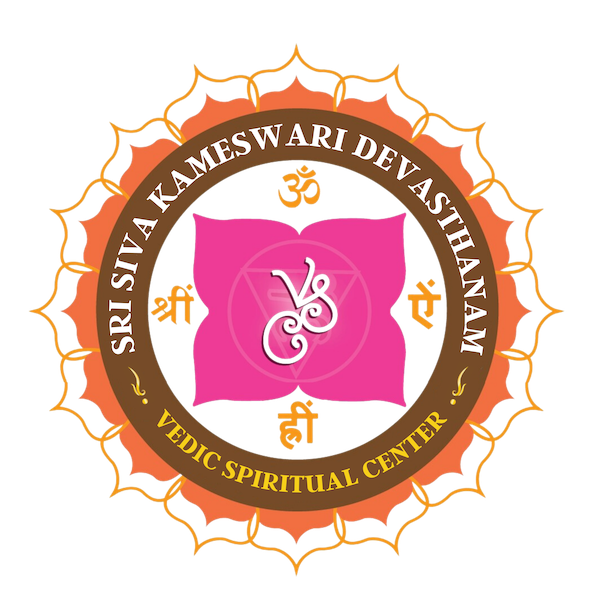Significance of Mahashivaratri
Based on the insights shared by 11 revered pundits, the following benefits are attributed to performing Maha Shivaratri pujas—including Laghu Rudrabhishekam and Yagya—on this sacred day:
Spiritual and Emotional Benefits:
Deepened Devotion and Connection:
The rigorous observance of these rituals is said to help devotees forge a closer bond with Lord Shiva. The combined effect of chanting, meditation, and ritual offerings creates an environment that nurtures spiritual growth and self-realization.
Purification of Mind and Soul:
According to these Vedic pundits, the act of bathing the Shiva Linga (Rudrabhishekam) with sacred substances is not only symbolic but also a powerful spiritual cleansing. It helps in washing away past negativities and karmic residues, leading to a rejuvenated state of mind.
Overcoming Negative Energies:
The Homa, involving offerings into the sacred fire, is believed to transform negative energies into positive vibrations. This ritual is especially emphasized by the pundits for its role in breaking recurring negative cycles and fostering inner balance.
Inner Peace and Mental Clarity:
The focused meditation and continuous recitation of mantras such as “Om Namah Shivaya” are noted to calm the mind, reduce stress, and promote mental clarity—a benefit highly valued by spiritual scholars.
Physical and Mental Health Benefits:
Discipline and Self-Control:
Fasting and adherence to the puja rituals help cultivate discipline and self-regulation. This controlled practice is said to improve overall mental resilience and support a healthier lifestyle.
Enhanced Concentration:
The rhythmic chanting and meditative practices, especially during the Laghu Rudrabhishekam, are credited with sharpening concentration, thereby benefiting daily activities and professional engagements.
Stress Relief:
The holistic approach of these rituals—combining physical acts of devotion with mental focus—is reported to significantly reduce anxiety and promote a state of calm.
Specific Advantages of Laghu Rudrabhishekam and Homa:
Laghu Rudrabhishekam:
Time-Efficient Yet Impactful:
The abbreviated form of the ritual is designed to be accessible even for those with tight schedules, ensuring that the essential spiritual benefits are still attained without requiring extensive time commitment.
Effective Spiritual Cleansing:
Despite its shorter duration, this ritual is praised for its potent purifying effect on the mind and spirit.
Homa (Fire Ritual):
Energy Transformation:
The Homa is regarded as a powerful method to convert negative energies into positive ones. The sacred fire is considered a medium through which impurities are burnt away, resulting in a more harmonious personal and cosmic environment.
Community and Cosmic Resonance: Many pundits highlight that the communal aspect of the Homa not only strengthens social bonds among devotees but also aligns individual energies with universal cosmic forces.
Overall Impact:
- Spiritual upliftment and transformation.
- Enhancing self-awareness and a deeper understanding of the divine.
- Improved mental & physical health: Through disciplined practices and stress relief.
- A harmonious connection with the cosmos: By aligning personal energy with universal vibrational frequencies.
These benefits underscore the holistic impact of Maha Shivaratri pujas and affirm the enduring relevance of these ancient rituals in promoting a balanced, enlightened life.


